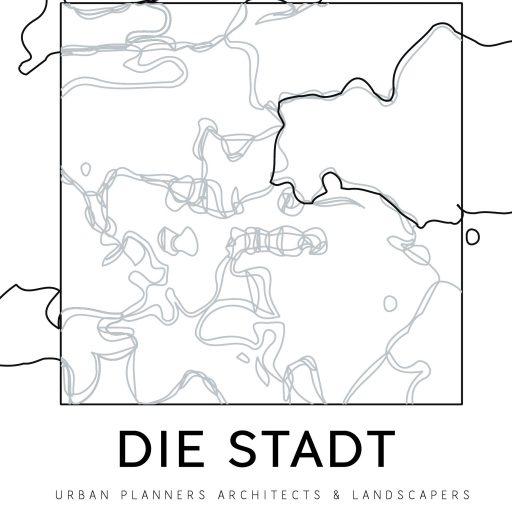With sustainability at the forefront of our core principles at Die stadt, we abide by the guidelines set out by the MED-ENEC in Egypt – an organization funded by the European Union in Egypt to promote energy efficiency (EE) in planning for new urban communities. They are based on international best practices for environmental sustainability and built on traditional methods that have been used in neighborhood planning in the region for centuries.
These methods have proven to create comfortable outdoor and indoor climates, and allow for design of energy efficient buildings, based on passive design strategies, as opposed to active strategies, that require energy sources. Both strategies create comfort for residents and can cut down the energy consumption. However, passive strategies are the most cost effective approach as they use natural elements, in particular solar and wind, to achieve comfort. The guidelines will help to achieve energy efficiency at various scales simultaneously (regional, city, neighbourhood and building levels). They provide the framework for reduction of motorized transportation and cost effective energy efficient buildings.
To achieve optimum efficiencies at both macro level (country – urban) and micro level (building – end user) the inter-connection between the different guideline subjects is studied and included in all our projects. This is not something we charge our clients for as we believe that sustainability is a fundamental aspect of design as a whole, and so it is included in all design packages offered to our clients.




